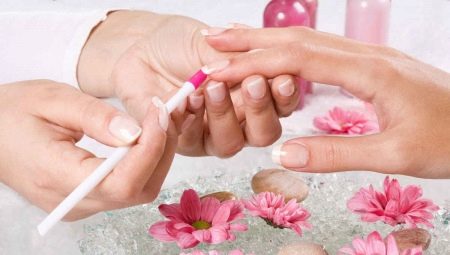The orange stick is outwardly unremarkable, but not a single manicure procedure can do without it. These compact nail tools quickly became popular and began to be produced by many famous brands.
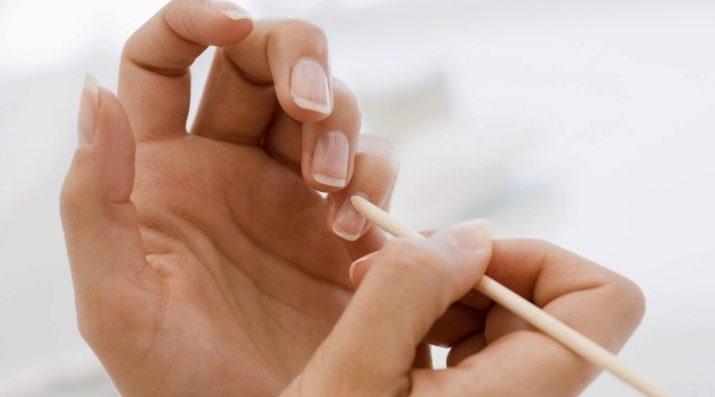
Features
Wooden stick for manicure is made of orange tree. It has a sharp tip on one side and a rounded smooth tip on the other. The raw materials for the manufacture of manicure tools have been specially selected: the orange tree has a flexible and elastic surface that is not subject to delamination, which means it will not injure the surface of the nail and its surrounding skin. This wood also has a disinfecting effect, which is also important for a procedure such as manicure.
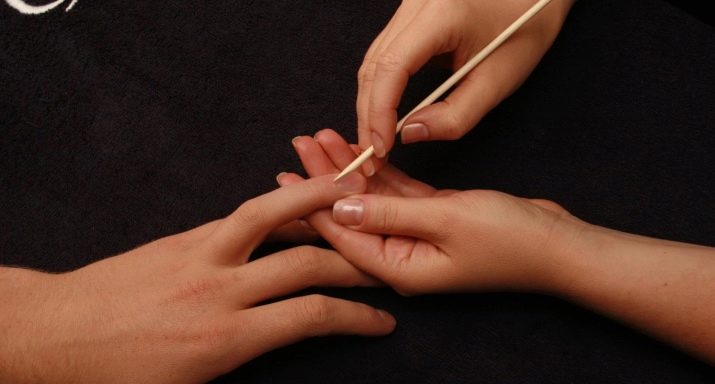
Orange sticks can vary in length and thickness. The first parameter ranges from 9-18 centimeters, and the second - in the range of 3-5 millimeters. The most convenient tool size is selected empirically.
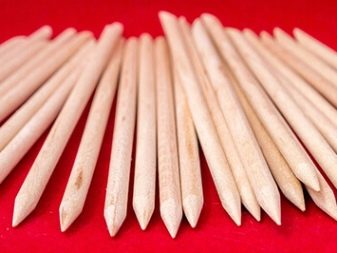
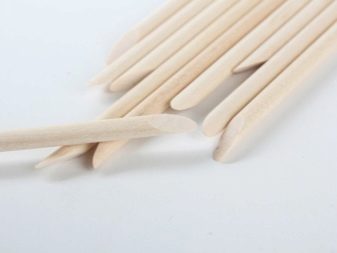
What are they for?
Manicure sticks are used in several procedures with nails.
- Purification from pollution. The stick allows you to quickly and efficiently clean the nail on the inside. To do this, it is enough to hold the sharp end of the manicure tool under the nail. It is important to consider the fact that the more often the sticks are used for this procedure, the more often they need to be changed.
- Work with cuticles. This procedure is the main function of orange sticks. The dull side is used to move the cuticle, layered on the nail.Before carrying out this procedure, it is recommended to moisturize the skin around the nail with special means. The pointed edge of the stick will help to cope with a solid cuticle. It is necessary to work with a wooden tool slowly, without pressure, so as not to harm the nail bed.
- Extension of the nail plate. Manicure stick will become an indispensable assistant in applying tips, creating nails from gel and acrylic, removing extended nails.
- Dressing. Orange sticks will help to gently and efficiently glue rhinestones, beads, sequins, artificial pebbles, applications onto nails. If the tool is well sharpened, it can be used to paint nails on wet gel polish. In caviar manicure, sticks are used as a means for leveling beads. Orange sticks will be required when creating a water manicure. They will help to mix beautifully varnishes of different colors.

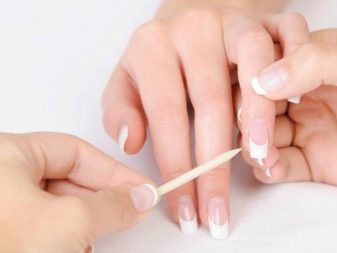
Advantages and disadvantages
Due to its special properties, the orange tree wood does not injure the nail plate and skin, as it is quite soft and not prone to chipping. If there are small wounds on the skin near the nail, the antiseptic properties of the stick will not allow them to become inflamed.
In addition, wooden sticks are affordable, so any girl can buy them. Regardless of the brand, the quality of these products will always be on top.
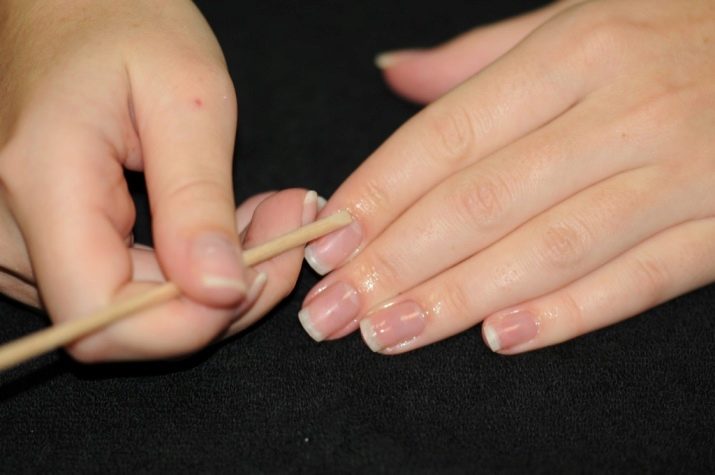
It is recommended to purchase orange sticks in branded cosmetics stores.where the proper conditions for their transportation and storage are observed in order to avoid the purchase of spoiled goods. The disadvantages of these manicure tools include the requirement of frequent replacement. That is, for each new manicure procedure, it is recommended to use a new stick. This is done on the basis of the possibility of introducing dirt and subsequent inflammation.
Additionally, before the manicure procedure, it is not necessary to process or sterilize the instrument. These measures may damage the wooden surface.
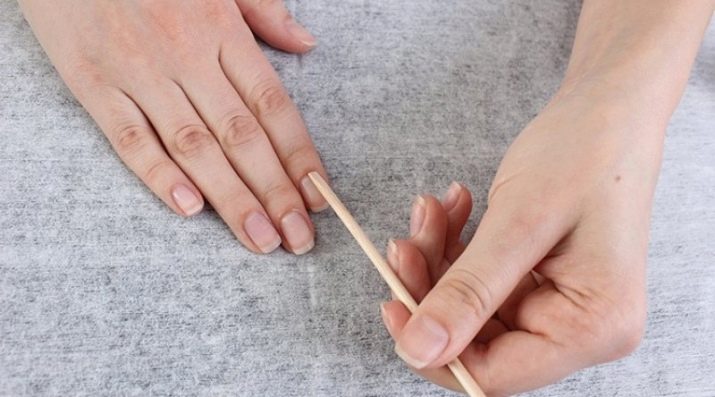
How to use?
Proper use of orange sticks is not at all difficult. If in the cut manicure special tweezers are used to remove the cuticle, then in the unedged manicure (it is also called European) the cuticle is not removed, but only pushed back with the help of an orange stick (a blunt end is used). It is necessary to move the cuticle very carefully, gently, without applying strong mechanical pressure to the zone of the root of the nail, otherwise the nail will then grow deformed, with transverse grooves. Especially this rule applies to the thumb and forefinger.
On a large nail, the matrix nail is very wide, and it does not have time to generate cells to form a dense surface. Nails there are always softer and more sensitive, so you need to handle them very carefully. You need to move the cuticle with a stick, which is almost in a lying position. You can not put the stick at an angle so as not to injure the cuticle, nail, skin lateral roller, the root of the nail.
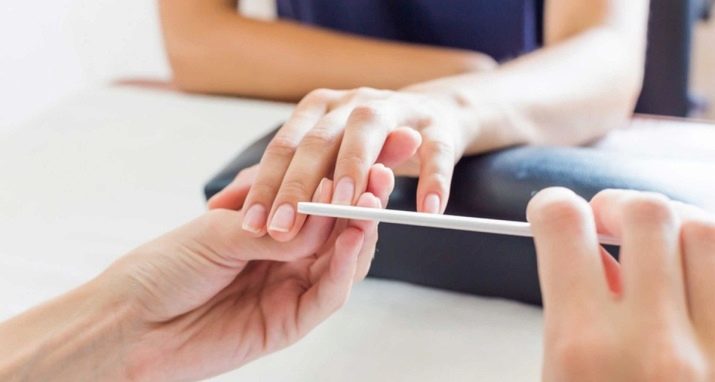
Elastic, slightly pushing, movements need to push the cuticle not only in the center, but also along the lateral ridges, respectively, the bends of the nail. The cuticle moves to the center on the sides. There should not be any discomfort. If there is pain, then first the skin of the hands should first be moistened with cream or dipped in a bath so that the cuticle softens. Then it will be much easier to make manipulations to move the skin. After the bath, the nails should be wet with a dry cloth.
In order for the movements to be more accurate and clear, the finger with the little finger needs to find emphasis so that the hand is not on weight. No need to try to clean off the entire cuticle at once. After slightly moving it away, you need to apply a remover (an agent on an acid or alkaline basis), which helps to dissolve dead cells and soften the area of the cuticle and side rollers.
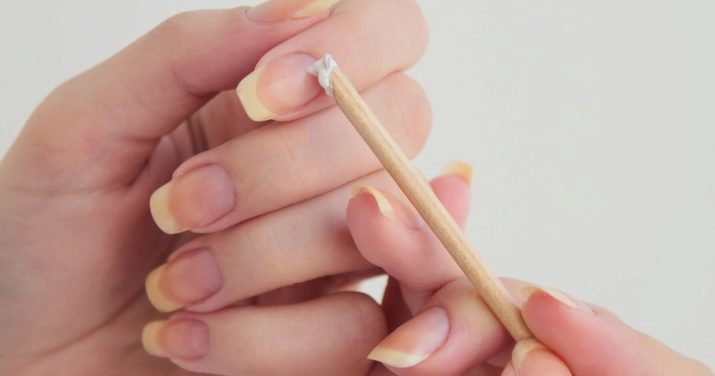
After the cuticle softens, once again you need to walk on it with an orange stick. From the sinus corners towards each other, you need to walk the wand so that it does not cling to anything. Then you need to clean the side walls towards the free edge.
If somewhere to clean the cuticle is bad, it will remain and will interfere with the work of scissors. Accordingly, it will be impossible to remove the cuticle with one strip, since the scissors will abut it, which means that the edge after cropping will turn out to be uneven.
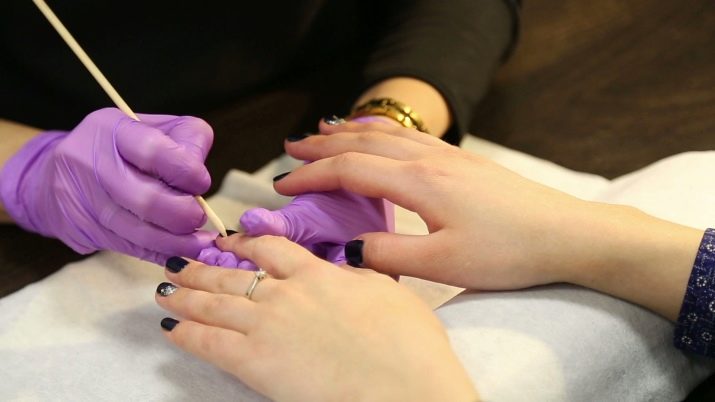
Removing gel polish, including magnetic, from the nail plate often requires the help of solid tools. Inexperience, many beginners use iron tools and damage the surface of the nail. Accordingly, such tools cannot equally replace an orange stick.
To carefully remove the gel polish, you need to drive the orange stick carefully. Before starting the procedure, clean the nails with a special liquid, according to the instructions. Slowly and carefully, you need to remove the remaining color spots with a stick.
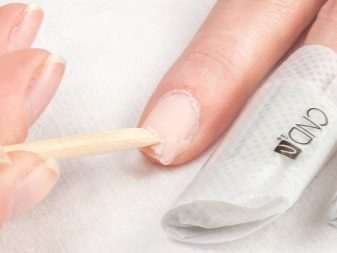
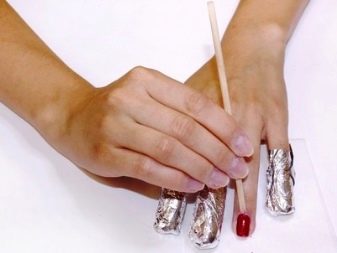
How to replace?
It happens that for the procedure to move the cuticle, metal sticks are used with balls of rubber at the end, suitable for sensitive skin. Such tools have several more names - pusher or scraper. They may differ in appearance: have a tip in the form of a scapula, ax or spear. There are models equipped with a trimmer.
Pushers are made of medical steel. Their tips are sharp enough and do not require additional sharpening actions. Pushers are easy to disinfect, and, accordingly, can be used many times.
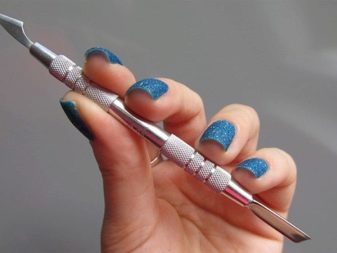
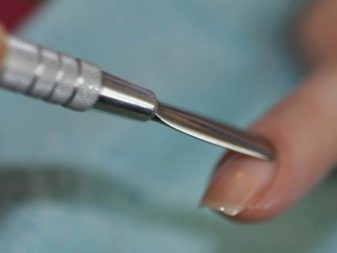
Many girls note that it is very convenient to use them, but the effectiveness of these tools is much lower than the result of using orange sticks, and the harm done is very significant. The skin of the cuticle is very thin, and the nail growth area is a sensitive area. Any awkward movement in such a place can cause sore wounds and pain.
There are also plastic sticks for working with cuticles. Often they are used by girls with very thin and delicate skin. However, the tip of a stick made of plastic does not move well on the surface of the cuticle and efforts have to be made to remove the film, which can also cause mechanical injuries to the nail.
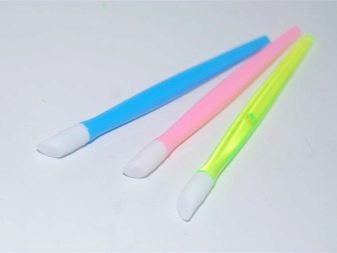
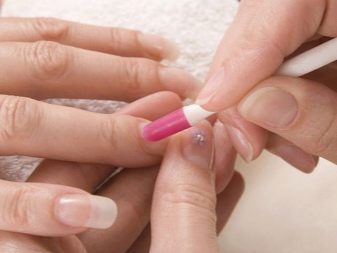
Tips
Orange stick absorbs moisture, dirt, dust very quickly. It is impossible to disinfect this attribute of manicure, therefore, nail art experts recommend using a new tool for each procedure for treating nails.
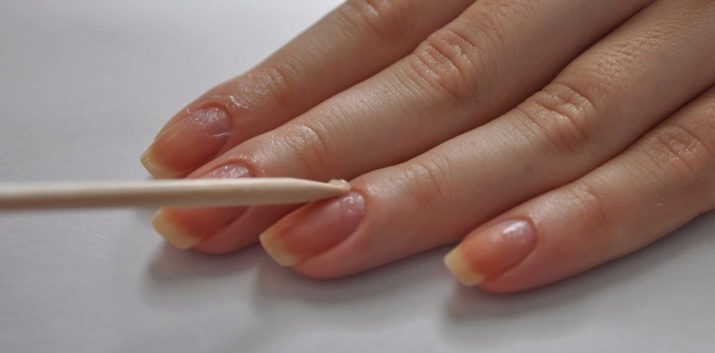
If you need to slightly adjust the shape of the tip of an orange stick, you can do this with an abrasive file with large crumbs.
If the stick is used for decorative purposes, it is recommended that you dip it into colorless varnish before gluing small parts for further ease of grip.
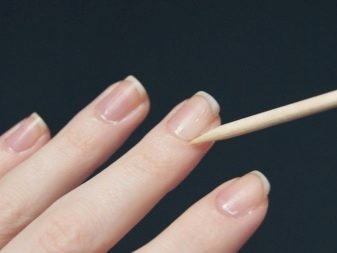
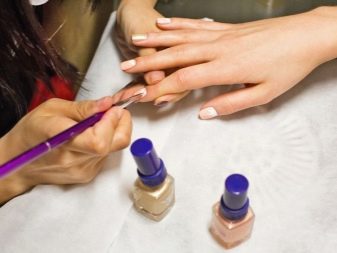
How to choose and how to use sticks for manicure, see the video below.
